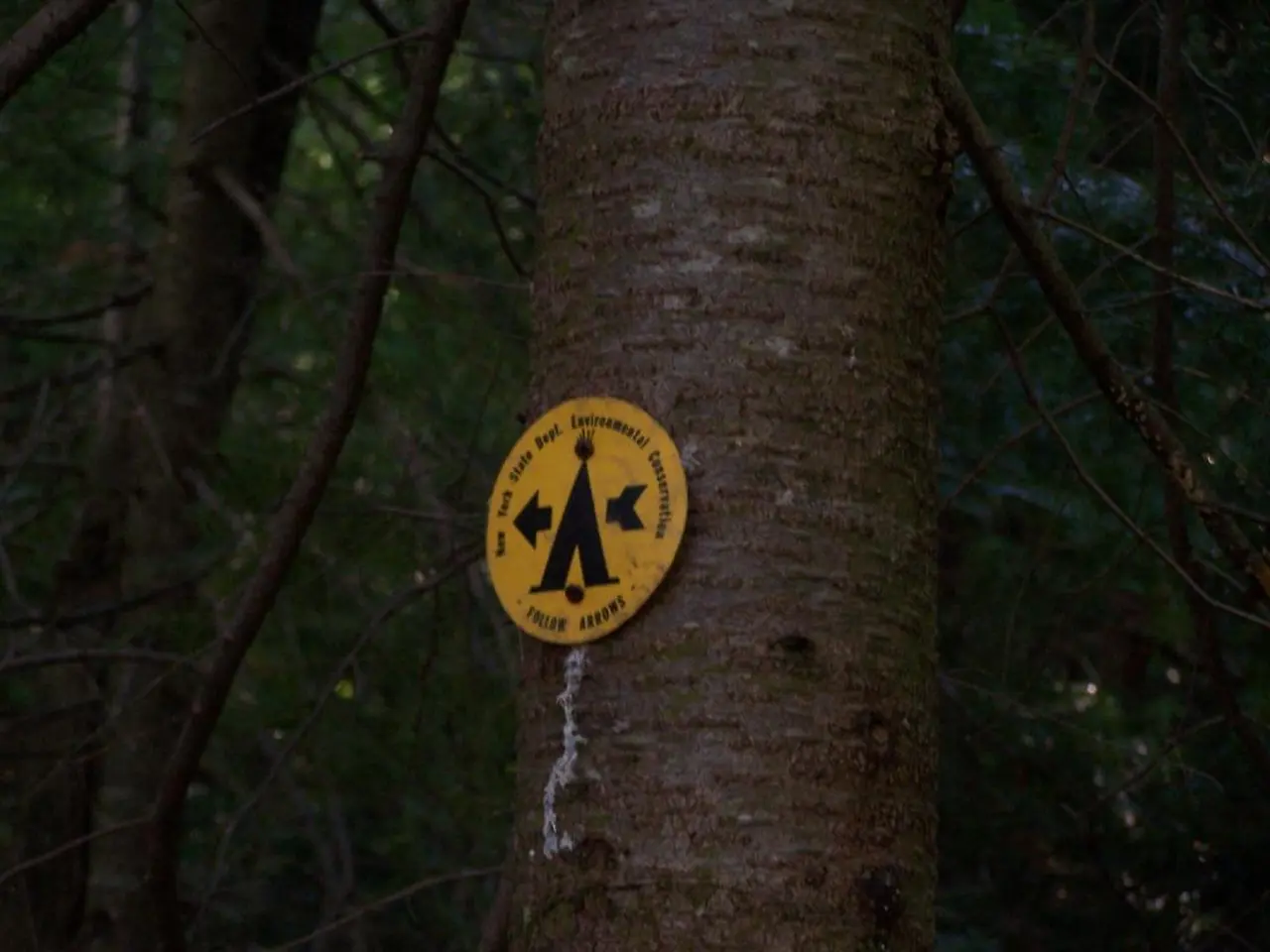Safety Measures for Tree Pruning, Trimming, and Felling by Instructors and Overviews
Tree pruning, trimming, and felling are essential tasks for maintaining the health and safety of trees, properties, and people. However, these activities can also pose significant risks if not carried out properly. Here's a guide on how to avoid the key risks involved and ensure a safe and successful outcome.
Key Risks:
- Injury risks: Unstable trees, falling branches, or unexpected tree falls can cause serious harm to workers and bystanders.
- Damage to property: Trees or branches falling on buildings, power lines, or vehicles can lead to costly damage.
- Tree health damage: Improper pruning techniques can weaken trees, make them susceptible to disease or pests, or even cause death of the tree.
- Structural instability: Felling or trimming trees without proper assessment can result in uncontrolled falls, lean hazards, or weakened tree structure that may fail later.
How to Avoid Risks:
For Tree Pruning & Trimming:
- Use proper timing: Prune deciduous trees in late winter (dormant season) and conifers in late spring or summer to minimize stress and vulnerability to disease.
- Employ correct techniques: Selective removal of dead, diseased, or weak branches to improve tree health without excessive cutting. Avoid removing too much at once and spread pruning over several years if shaping is needed.
- Use well-maintained, appropriate tools: Sharp, clean tools reduce damage to trees and minimize injury risk to workers. Avoid old, rusty, or heavy equipment.
- Conduct professional tree risk assessments: Identify potential hazards such as weak branches, cracks, or leaning trees before any work. This helps plan safe interventions and reduces unexpected incidents.
- Regular inspections: Look for signs like cracking trunks, dead/falling branches, or leaning trees indicating structural problems or safety hazards that demand careful attention or expert removal.
For Tree Felling:
- Professional evaluation: Always assess tree stability and surroundings before felling. Check for hazards like power lines, structures, or people in drop zones.
- Use of safety gear and training: Workers should use helmets, eye protection, gloves, and chainsaw safety equipment, and be trained in felling procedures.
- Clear drop zones: Ensure area is clear of bystanders and obstacles to safely manage falling tree parts and trunks.
- Controlled cutting techniques: Use proper notch and back-cut methods to direct tree fall safely and prevent splitting or unpredictable falls.
By prioritizing professional assessments, correct timing, skilled techniques, proper tools, and safety planning, risks associated with pruning, trimming, and felling can be substantially minimized while protecting both people and tree health.
Safety Measures:
- For your safety, use a fall-arrest harness attached to a secure part of the tree.
- Use control lines on trees to direct their fall in the intended direction.
- Safety observer should wear protective clothing during tree pruning, trimming, or felling.
Training Modules:
- The Tailgate Safety Training module "Chain Saw Safety" covers the hazard of being cut by chainsaws during tree pruning, trimming, and felling.
- The Tailgate Safety Training module "Preventing Falls From Trees" covers the hazard of falling in tree pruning, trimming, and felling.
- The Tailgate Safety Training module "Overhead Electrical Hazards" covers the hazard of electrocution during tree pruning, trimming, and felling.
It's essential to remember that tree pruning, trimming, and felling are not tasks to be taken lightly. By following these guidelines and seeking proper training, you can help ensure a safe and successful experience.
[1] Arboriculture and Urban Forestry. (2020). Pruning Trees. Retrieved from https://www.treesaregood.org/treecare/pruning [2] International Society of Arboriculture. (2020). Tree Pruning. Retrieved from https://www.treesaregood.org/treecare/pruning [3] The Tree Care Industry Association. (2020). Tree Removal. Retrieved from https://www.tcia.org/safety/best-practices/tree-removal [4] The Tree Care Industry Association. (2020). Tree Risk Assessment. Retrieved from https://www.tcia.org/safety/best-practices/tree-risk-assessment [5] The Tree Care Industry Association. (2020). Felling Trees. Retrieved from https://www.tcia.org/safety/best-practices/felling-trees
Read also:
- Education Exhibition: August 2024 Display and Demonstration
- Enhanced solar power for 600-watt power stations: the BOOSTER unit offers an upgrade.
- Frugal Living Revealed: 7 Effective Tips from the Amish Community That Could Save You a Fortune
- Revolutionizing healthcare through Remote Patient Monitoring Systems: A life-changing approach!




